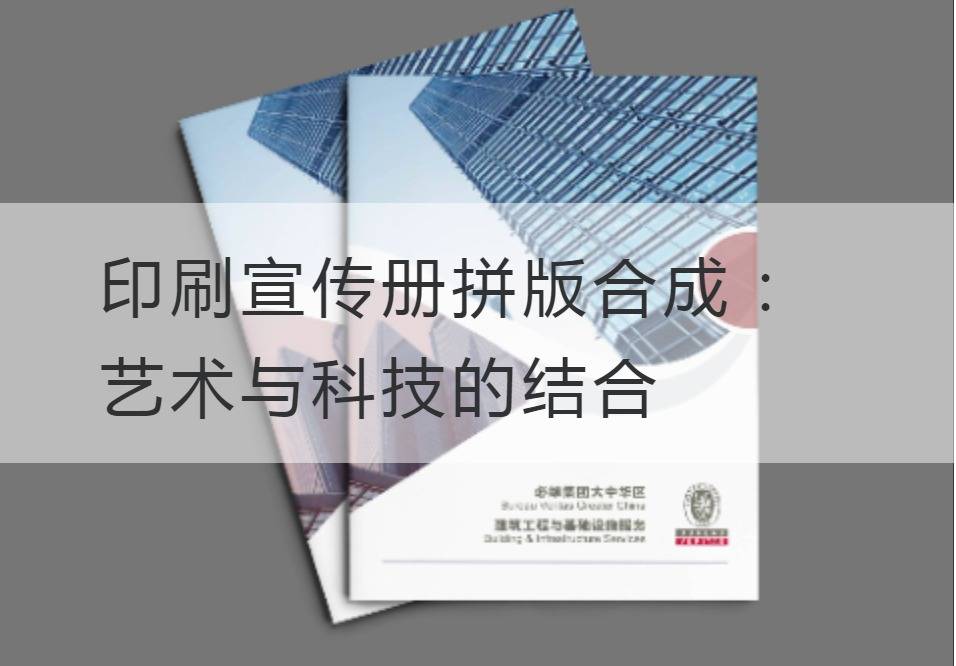Print Brochure Composition: The combination of art and technology
In this era of information explosion, businesses need an effective and compelling way to capture the attention of their audiences. And printed brochures have become a powerful tool for enterprises to transmit information. However, it is not easy to create a brochure that is beautiful, unique and memorable. This is the important role of the printing brochure composition technology. This technology combines the aesthetics of art with the power of technology, making it extremely creative and charming.
Placing is the integration of multiple elements into the layout of the brochure to create a stunning visual effect. It's not just a technology, it's an extension of art. Through reasonable arrangement and combination, the composition can arrange the characters, pictures, diagrams, illustrations and other elements in a unified manner, creating visual harmony and tension, and arousing the audience's resonance. It's this well-designed collage that makes the brochure an impressive visual feast.

Of course, technology also plays an important role in compositing. With the development of modern printing technology, the compositing is easier to realize. With the wide application of digital technology, designers can make typesetting and adjustment more freely. For example, with computer-aided design software, designers can easily change fonts, colors, sizes and positions according to different requirements to achieve more accurate design results. At the same time, improvements in printing equipment have made it possible to produce high-quality output of compositing. From high-definition printers to high-quality paper, these modern technologies provide powerful support for compositing.
However, compositing is not just a technical consideration, it requires designers' creativity and inspiration. Excellent composition requires designers to think deeply about the elements such as color, shape, proportion and so on, and turn ideas into visual expression. This requires designers to have good aesthetic ability and creative thinking, in the process of design can combine industry and product characteristics, and use professional terms and technical parameters, so that words and pictures complement each other. It's the only way to create a brochure that's really different.
Of course, the combination of art and technology can not be separated from a deep understanding of the audience. Designers need to determine the best typesetting and visual style through thorough research on the characteristics and needs of the audience. The reasonable use of these design elements can not only attract the audience's attention, but also arouse their resonance, arouse their interest in products or services. Therefore, the success of compositing not only depends on the implementation of technology, but also needs the perfect combination of art and technology.
In well-designed printed brochures, compositing technology plays an integral role. It combines the aesthetics of art with the power of technology to create visual impact and appeal, making the brochure an engaging game. Whether it is used for enterprise propaganda, product display or marketing promotion, only by giving full play to the charm of mosaic synthesis, can we achieve better communication effect and win more people's attention and recognition.
To sum up,Printed BrochureCompositing is a perfect combination of art and technology. It is not only a technology, but also an art form of expression and transmission. Through reasonable typesetting and design, and advanced digital technology support, mosaic synthesis creates rich and colorful propaganda means for enterprises. In the future, with the continuous development and innovation of science and technology, the combination will bring more stunning performance for the printed brochures, help the enterprise marketing, and become an indispensable link in all walks of life. Welcome this era of technology and art, let's look forward to the more brilliant future of the printed brochures compositing!



